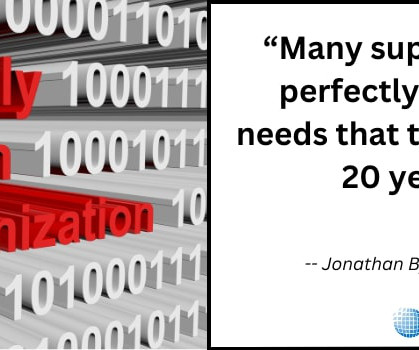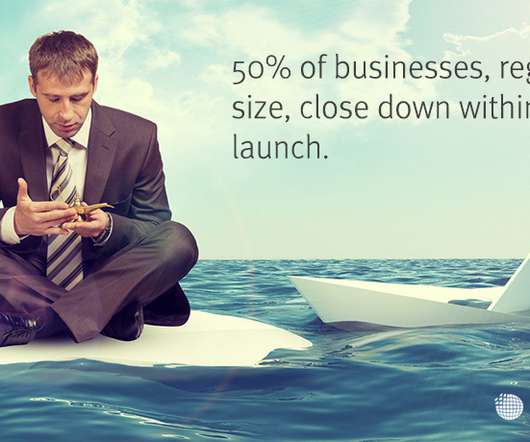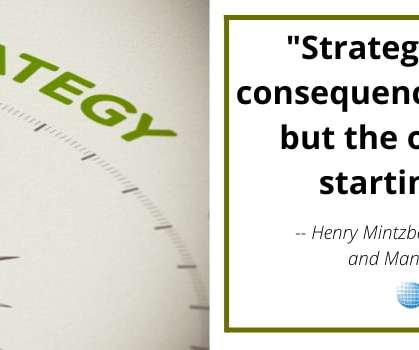Reverse Logistics: Who Does it Well?
Logistics Bureau
JULY 18, 2018
It would be tempting to think of reverse logistics as forward logistics done backwards. Reverse logistic isn’t simply a reverse gear. Reverse logistics can also have a dramatic effect on steering a company’s fortunes. This also qualifies as reverse logistics.














Let's personalize your content